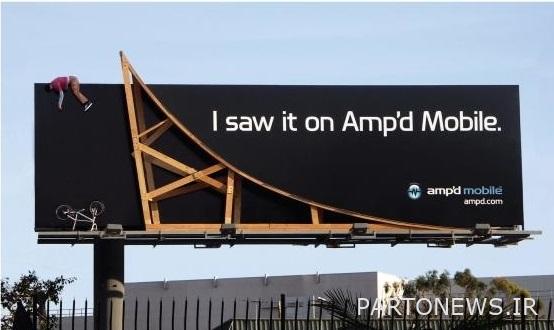The story of Amp’d, a startup that couldn’t manage its free service

In the startup environment, it is a habit to talk about successes to keep our hopes alive for the future, but it is a big mistake to forget the failures of the past and not benefit from the experiences of the past. For this purpose, the Ecomotive team has collected the experiences of a series of failed startups, so that reviewing their failed stories may be a basis for the success of new startups in Iran’s startup community. This collection will be published and made available to the audience in the form of the story of failure. We review the twenty-second part of this series, which deals with the failure of the Amp’d Mobile startup.
Amped Mobile was a mobile phone service launched in late 2005 in the United States and early 2007 in Canada. The first investors of this virtual mobile operator were MTV and Universal Music Group.
This startup was the first integrated mobile entertainment service targeting 18-35 year olds. Amped mobile, voice services, wireless data services such as 3G (based on the wireless network Verizon), text and photo messenger, Push to talk And it offered applications and content that can be downloaded wirelessly through Amped Live service. Fixed BREW app installed on all Amped phones, playable or downloadable video clips, live events like Supercross Broadcasting of radio stations included downloadable content such as games, ringtones and songs. This service also had television channels and had a successful performance in this field.
By late 2006, Amped Mobile had more than 100,000 subscribers, 89 percent of whom had prepaid. The company’s income from each of these users was more than 100 dollars per month.
March 2007, this startup with Telos Mobility He started working in Canada. Amped handled marketing and multimedia content, and Telos was responsible for billing, customer care, retail and network aspects.
But in the meantime, there were some problems that plagued Amped later. Subscribers wait for a long time to get an answer on the phone and eventually the calls go unanswered. There were problems in activating the service and there was no match between the programs and plans with what was advertised on the company’s website. The startup made the wrong customer acquisition policy and continued to serve customers with insufficient credit, half of whom ended up not paying their bills.
These events led Startup Emped to file for bankruptcy in June 2007. Its subscriber base had about 175,000 customers at the end of the first quarter, of which about 80,000 were non-paying, according to court filings. The bankruptcy protection case was opened because of Verizon’s threat that it would no longer serve its network if the company did not pay its debts. Finally, a memorandum of understanding was signed between the two companies, and Amped’s main investor, obliging Verizon to provide the service, and Amped to pay a cash deposit to Verizon.
On July 20, Emped announced that it plans to auction all of its assets. The next day, a message was sent to subscribers preparing them to transfer to another operator.
Study proposal
How do you rate this article?


